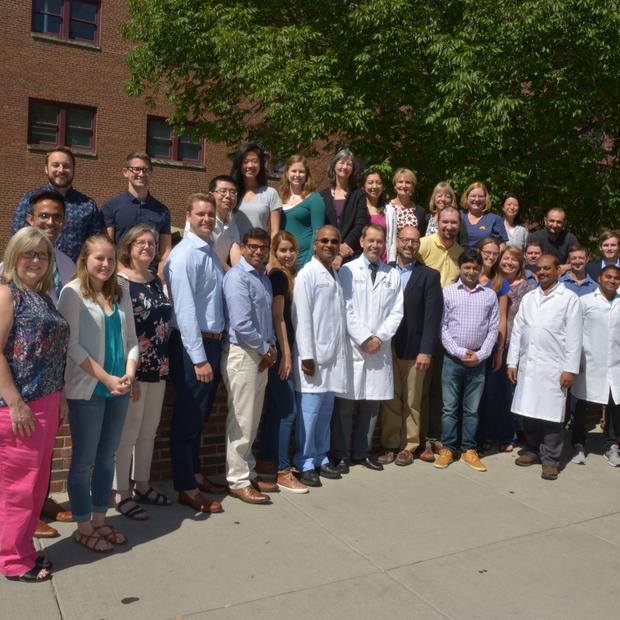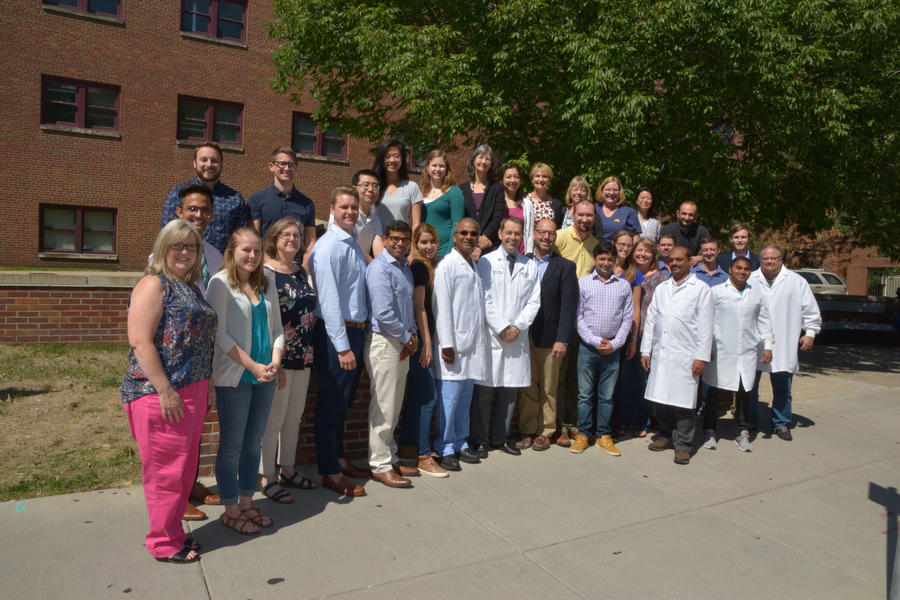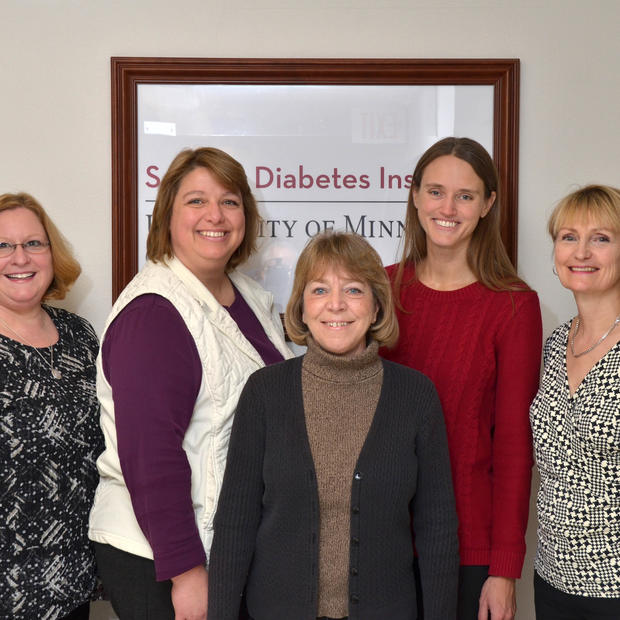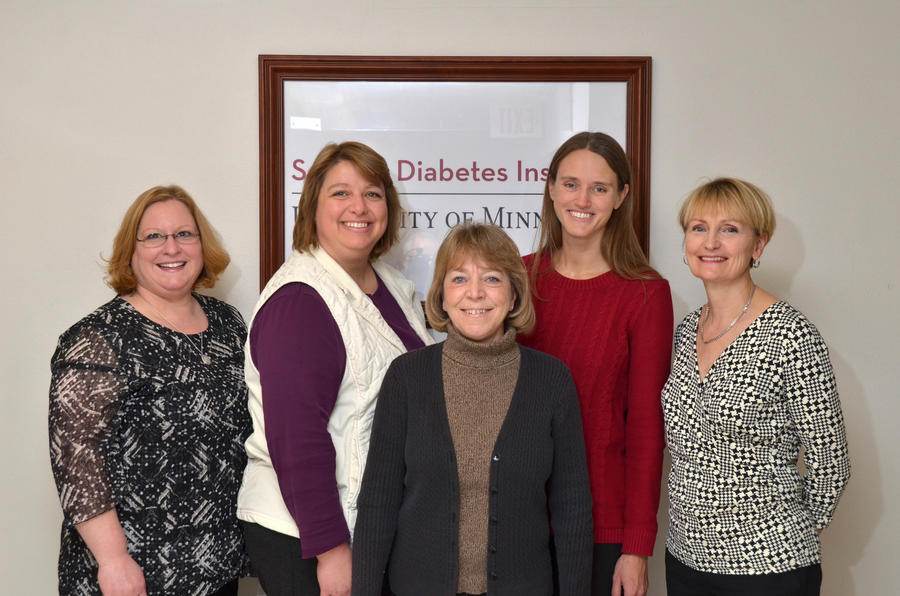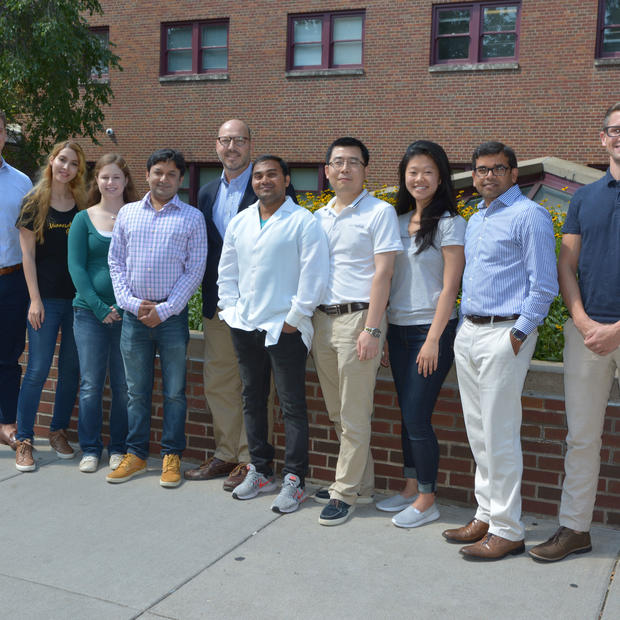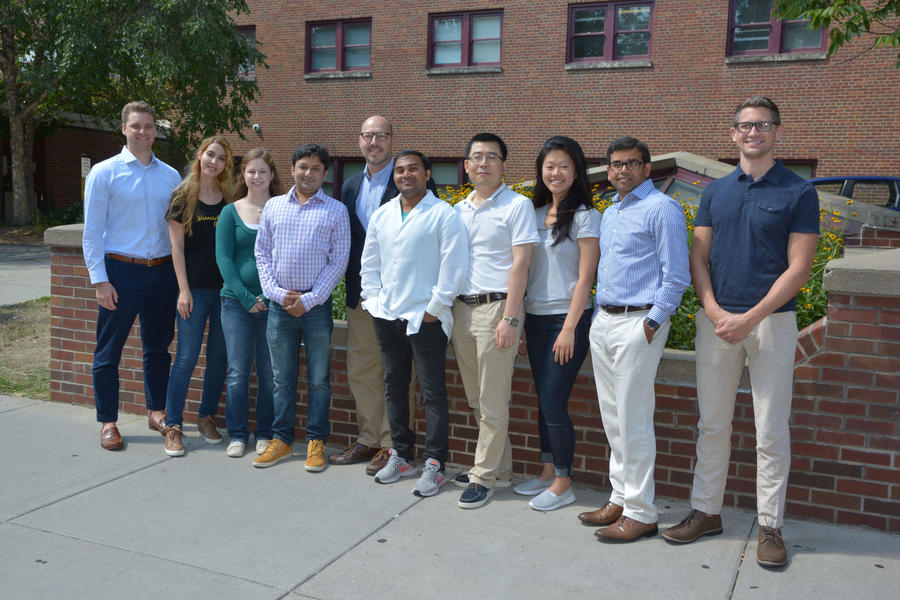Diabetes
People with diabetes have a shortage of insulin or a decreased ability to use insulin. Insulin is a hormone that allows glucose (sugar) to enter cells and be converted to energy. When diabetes is not controlled, glucose and fats remain in the blood and, over time, damage vital organs.
Because a variety of external factors such as stress, exercise and diet impact blood glucose levels, inevitably a person will experience high or low blood sugars, which makes the disease very difficult to manage. Severe fluctuations can be life-threatening in the short term, and chronic fluctuations are very hard on the body long-term.
Diabetes results most frequently from one of two basic problems:
In type 1 diabetes, the body’s immune system attacks and destroys the insulin-producing islet cells in the pancreas. Type 1 diabetes most often appears during childhood or adolescence, as is an auto-immune disease. Because people with type 1 diabetes have no functioning islet cells, they must inject insulin to manually compensate for what the pancreas can no longer do.
In type 2 diabetes (also called adult-onset diabetes), a person’s immune system has not destroyed the islet cells. Rather, their has become resistant to effectively using the insulin its pancreas produces. Type 2 accounts for about 90% of diabetes cases and most often appears among people older than 40. However, it is now being found at younger ages and is even being diagnosed among children and teens. Type 2 diabetes is controlled strictly by diet, oral medications that help the pancreas to produce or use insulin more effectively, insulin injections, and/or by losing weight and becoming more active.
Symptoms
In both types of diabetes, the body has minimal or no ability to control its blood glucose levels, causing them to rise and fall dangerously.
High blood sugar is called hyperglycemia, and its symptoms include:
- Excessive thirst
- Frequent urination
- Hunger
- Weight loss
- Blurred vision
- Itching
- Skin infections
- A variety of other symptoms
- Low blood sugar is called hypoglycemia.
Symptoms of mild hypoglycemia include:
- Nausea
- Extreme hunger
- Feeling nervous or jittery
- Cold, clammy, wet skin and/or excessive sweating
- Rapid heartbeat
- Numbness or tingling of the fingertips or lips
- Trembling
People with diabetes must check blood glucose levels frequently and administer insulin or other remedies accordingly to try to prevent episodes of hypoglycemia and hyperglycemia.
Hypoglycemia Unawareness
People with diabetes who take insulin will experience hypoglycemia from time to time since it is nearly impossible to balance food, activity and insulin perfectly.
Frequent or severe low blood sugars are usually caused by missing meals, taking too much insulin, or exercising more than usual. Sometimes, it is impossible to determine what caused an episode.
Usually, a person with mild hypoglycemia notices the symptoms and can treat the condition with food or drink.
However, some people -- especially those with type 1 diabetes --may no longer experience these symptoms and, thus, they are not aware their blood sugar is dropping. This is called hypoglycemia unawareness.
People experiencing hypoglycemic unawareness do not know that they need to treat themselves. If their blood sugars continue to fall, their brain may be affected.
A person experiencing hypoglycemia unawareness may:
- be unable to think clearly
- become uncoordinated
- ultimately lose consciousness
For these individuals, daily life is more difficult because they never know if, and when, they will experience hypoglycemia unawareness. In an attempt to prevent it from occurring, the person may allow their blood sugar levels to run too high (which can cause secondary complications). Or, they may become fearful of daily activities such as driving, watching their children or being alone. Family, friends, and coworkers are equally concerned.
If you have diabetes and experience hypoglycemia, make sure your family, friends and coworkers know what symptoms to watch for and how they can assist you. Be sure to monitor your blood sugar regularly, wear a medical alert chain or bracelet, and carry a glucagon injection with you.
Complications
After some years, secondary complications may advance if diabetes goes undiagnosed or cannot be controlled. These complications include:
- Blindness
- Heart attack
- Stroke
- Kidney failure
- Circulation problems and nerve damage, leading to amputation
- Complications of pregnancy
- Other complications
People who have diabetes, but who have not been yet diagnosed, are particularly at risk for these secondary complications.
Disease Stages
Diabetes can progress through a series of stages:
Nondiabetic - In this stage, a person may have the propensity to develop diabetes, but their metabolism has not yet been detected.
Prediabetes - Before people develop type 2 diabetes, they usually have prediabetes. This occurs when a person's blood glucose levels are higher than normal but not yet high enough to be diagnosed as diabetes. This used to be referred to as impaired glucose tolerance or impaired fasting glucose tolerance.
Diagnosis - Diabetes may be identified as a disease when specific abnormal blood sugar levels occur. According to the American Diabetes Association, an abnormal blood sugar level is defined as 126 mg when someone has been fasting (not eating for a long period of time) or 200 mg after meals.
Complications – These may or may not occur depending on the severity of the disease and success in glucose management. Sometimes, early stages of secondary complications are already present before diagnosis because the disease can remain undetected for so long.
Not all people with diabetes will experience all of these stages and not all people with diabetes will progress through each of these stages in the order listed above.
How can I tell if I have Type 1 or Type 2 diabetes?
Your doctor can tell you if you have type 1 or type 2 diabetes. However, there are some general tendencies.
Your are more likely to have type 1 diabetes if:
- You were diagnosed with diabetes before the age of 30 years
- You were very ill when you were diagnosed
- You have required insulin injections since the time of diagnosis
You are more likely to have type 2 diabetes if you:
- Were diagnosed with diabetes after the age of 45
- Didn't know that you were ill and the diabetes was discovered in conjunction with a doctor visit for other reasons
- Don't need insulin injections (although many with type 2 diabetes do require insulin injections)
- Are overweight
These are generalizations and your doctor can tell you for sure which type of diabetes you have and what treatment options are best for you.


